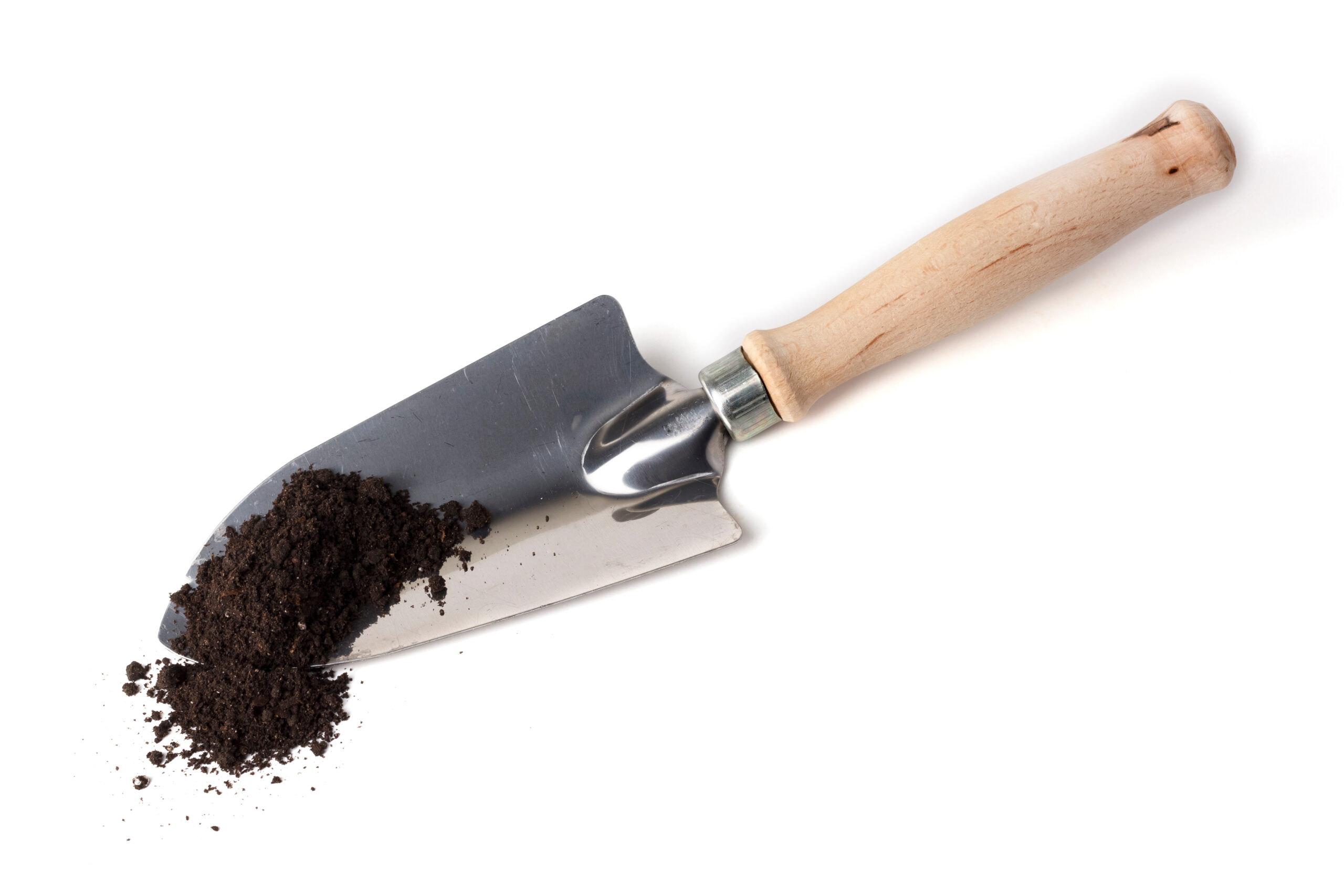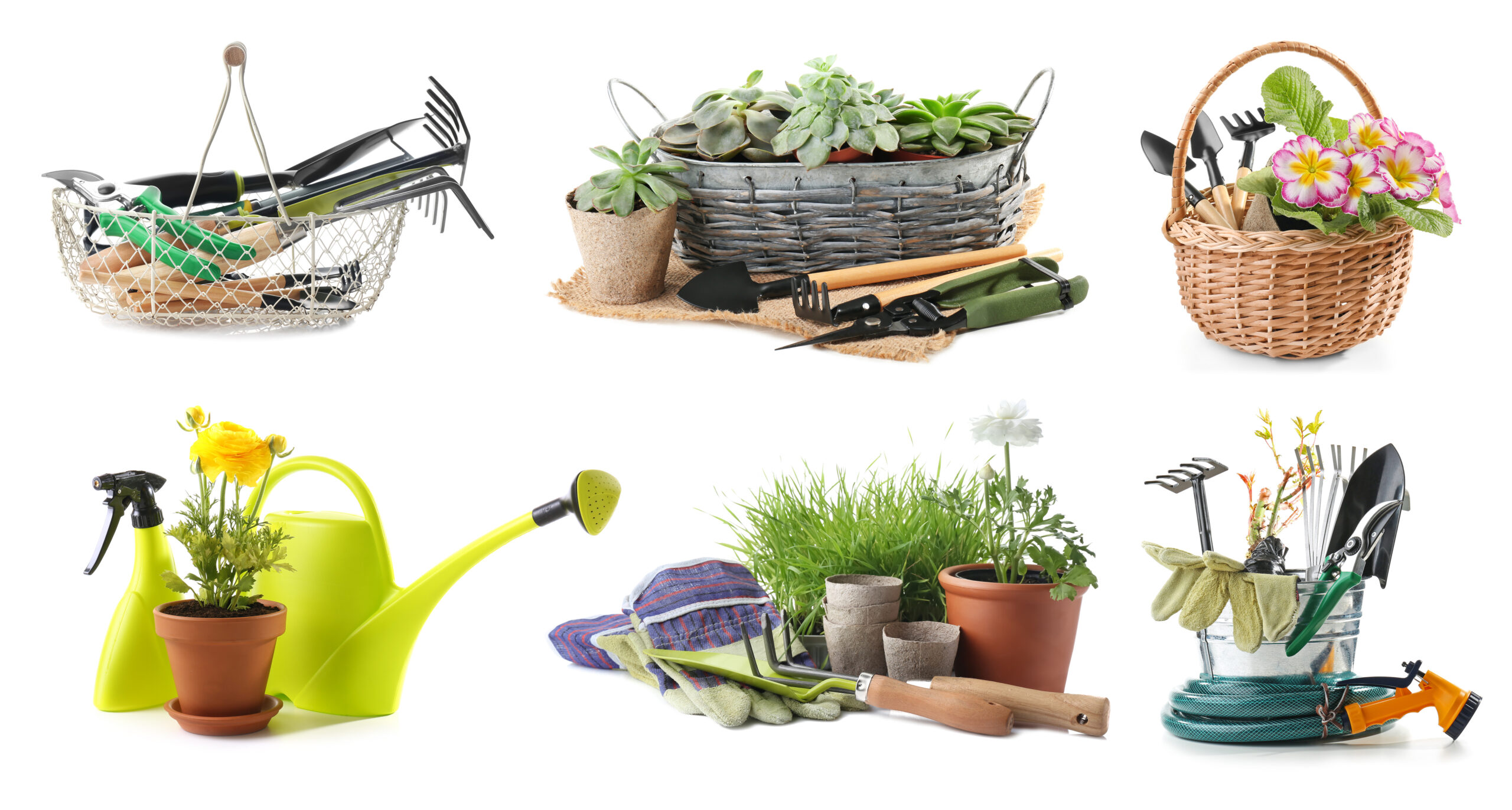Choosing the Right Plants
Selecting the indoor garden right plants is paramount when embarking on your indoor gardening journey. Not all plants thrive indoors, so it’s crucial to choose varieties that can adapt to the conditions of your home. Consider factors like available light, humidity levels, and temperature. Low-light tolerant plants, such as snake plants and pothos, are great for spaces away from windows. Meanwhile, succulents and cacti prefer bright, direct sunlight, making them perfect for sunny sills.
Understanding your lifestyle is also essential. If you’re often away or prefer low-maintenance plants, opt for hardy varieties that can withstand a bit of neglect. On the other hand, exploring more delicate or demanding species can be rewarding if you’re ready for a challenge and regular engagement. Researching and getting to know the specific needs of your chosen plants will ensure they flourish, transforming your indoor space into a vibrant, green oasis.
The joy of watching your plants grow and thrive is immensely satisfying. With the right selection, indoor gardening can be a peaceful, nurturing hobby that beautifies your space and enhances your well-being. By paying attention to the specific needs of each plant, you’re not just cultivating a garden; you’re nurturing a living, breathing ecosystem right in your own home.
Lighting Essentials for Indoor Garden
Light is a critical factor in the health and growth of indoor plants. Different plants require different amounts of light, generally categorized into low, medium, and high light requirements. Understanding your plants’ natural habitat will guide you in replicating those conditions as closely as possible. For instance, plants naturally growing under forest canopies will likely thrive in lower light conditions than in open, sunny regions.
To maximize the health of your indoor garden, consider the direction your windows face. South-facing windows offer the most consistent light throughout the year, ideal for plants with high-light needs. East and west-facing windows are great for medium-light plants, while north-facing windows might only suit plants that thrive in low light. If natural light is limited in your space, artificial grow lights can provide a good substitute, offering a spectrum of light that supports photosynthesis.
Adjusting the placement of your plants seasonally can also help manage light conditions, as the sun’s angle changes throughout the year. Rotating your plants regularly ensures that each side receives equal light, promoting even growth. With thoughtful light management, even the most challenging indoor spaces can become suitable for a lush, thriving garden.
The Right Soil and Containers
Choosing the correct soil and containers is crucial for the success of your indoor garden. Indoor plants typically require well-draining soil that allows roots to breathe and prevents waterlogging, which can lead to root rot. Specialized potting mixes are available for different types of plants, such as succulents, orchids, and African violets, each formulated to meet these plants’ specific drainage and nutrient requirements.
Containers play a significant role in the health of your plants, not just aesthetically but functionally. Ensure pots have adequate drainage holes to allow excess water to escape. The container size should match the size of the plant, with room for growth. Too large a pot can lead to water accumulation in the soil, while too small a pot can restrict root growth and lead to undernourished plants.
Container materials range from plastic, ceramic, and terracotta to metal and glass. Each material has pros and cons regarding moisture retention, weight, and breathability. Terracotta pots, for example, are porous, allowing soil to dry more evenly, but they may require more frequent watering. Choosing the right combination of soil and container will create a healthy indoor plant environment.
Indoor Garden: Watering Wisely
Watering indoor plants correctly is more art than science, requiring observation and adaptability. Overwatering is a common mistake among beginners, leading to root rot and other diseases. Conversely, under-watering can stress plants, causing drooping leaves and stunted growth. The key is to understand the watering needs of each plant, as these can vary widely.
A general rule of thumb is to check the soil moisture before watering. Allowing the top inch of soil to dry out between waterings is a good practice for most plants. However, some plants prefer to dry out completely, while others like consistently moist soil. Implementing a regular watering schedule based on these needs can ensure your plants remain hydrated without being waterlogged.
Pot size, soil type, humidity, and temperature can also affect watering frequency. Lighter pots and soil mixes dry out faster, particularly in warm, dry environments. Adjusting your watering routine to account for these variables will help maintain optimal moisture levels for your indoor garden.
Indoor gardening: Fertilizing Fundamentals
Feeding your indoor garden is essential for ensuring plants have the nutrients they need to grow healthy and strong. Over time, indoor plants deplete the nutrients in their potting soil and rely on fertilization to replenish these resources. However, over-fertilizing can harm your plants, leading to nutrient burn or imbalanced growth.
It is crucial to select the right fertilizer and apply it according to the plant’s specific needs. General-purpose fertilizers are suitable for most houseplants, but specialized formulas may benefit certain types, such as flowering plants or succulents. Following the recommended application rates and schedules is essential, typically reducing fertilizer frequency in the fall and winter when plant growth slows.
Organic options, such as worm castings or fish emulsion, can also provide a gentle, natural nutrient boost to your indoor garden. Whatever fertilizer you choose, ensuring it’s applied correctly, will support your plants in developing robust roots, lush foliage, and vibrant blooms, making your indoor gardening efforts truly rewarding.



